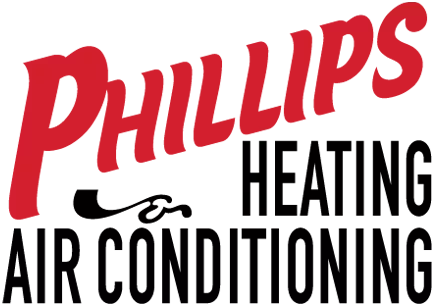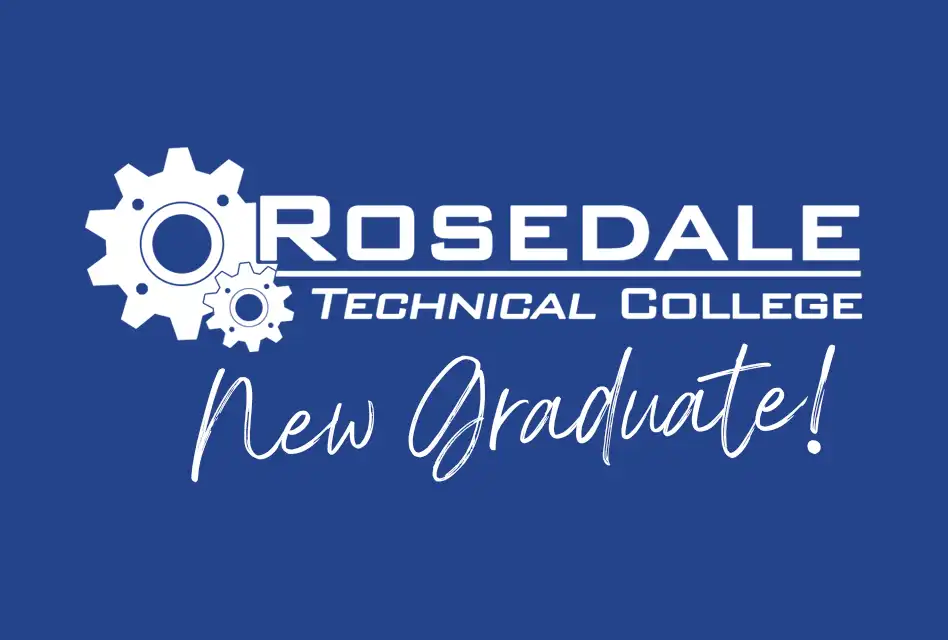[fusion_builder_container hundred_percent=”no” equal_height_columns=”no” menu_anchor=”” hide_on_mobile=”small-visibility,medium-visibility,large-visibility” class=”” id=”” background_color=”” background_image=”” background_position=”center center” background_repeat=”no-repeat” fade=”no” background_parallax=”none” parallax_speed=”0.3″ video_mp4=”” video_webm=”” video_ogv=”” video_url=”” video_aspect_ratio=”16:9″ video_loop=”yes” video_mute=”yes” overlay_color=”” video_preview_image=”” border_size=”” border_color=”” border_style=”solid” padding_top=”” padding_bottom=”” padding_left=”” padding_right=””][fusion_builder_row][fusion_builder_column type=”1_1″ layout=”1_1″ background_position=”left top” background_color=”” border_size=”” border_color=”” border_style=”solid” border_position=”all” spacing=”yes” background_image=”” background_repeat=”no-repeat” padding_top=”” padding_right=”” padding_bottom=”” padding_left=”” margin_top=”0px” margin_bottom=”0px” class=”” id=”” animation_type=”” animation_speed=”0.3″ animation_direction=”left” hide_on_mobile=”small-visibility,medium-visibility,large-visibility” center_content=”no” last=”no” min_height=”” hover_type=”none” link=””][fusion_text]
Is Your Furnace Ready for Ol’ Man Winter?
Have you ever experienced what it’s like to turn your thermostat up on one of the frostiest days of the year only to have nothing come out of the ducts? The upshot is a long, cold night under a pile of blankets. It’s something that can occur more easily than most people realize, particularly in homes with older, even outdated HVAC equipment.
Let’s face it, being cold in the winter is the norm in the ‘burgh, as long as you’re outside. But you shouldn’t have to bundle up inside your own home.
Moreover, consumers spend on average $335 each time a furnace needs to be repaired after it breaks down – and most repairs cost quite a bit more. Fact is, as many as 77% of furnaces that fail needed significant repairs at the time of their breakdown.
The best thing you can do for yourself and your family is to ensure your furnace is operational, safe and as energy-efficient as possible.
So, what steps should you take? There are a variety of ways to get your furnace ready for the onset of winter, so let’s take a few minutes to explore some of them.
When was your furnace’s last “physical” check-up?
First and foremost, check when you last had your furnace serviced. If it’s been over a year, you might want to schedule a maintenance inspection from your local qualified HVAC professional.
Furnaces are like any other piece of mechanical equipment that you own. Let’s face it, if you went 12 months without changing your vehicle’s oil, you’re asking for more than your fair share of trouble. Likewise, your furnace needs to be maintained and serviced on a consistent basis to make sure it’s performing at peak efficiency and warming your entire home at your desired comfort level.
Here’s a furnace fact: Furnaces are older than you might think. The closest thing to central heating today was the hypocaust system, a heating system used during the Roman Empire which distributed the heat from an underground fire throughout a space beneath the floor. Hypocausts were vital to the ancient Roman system of central heating, and according to some historians, it was the first underfloor heating technology in human history. Somewhat later, during the 13th century, Cistercian monks used naturally flowing rivers, heated by furnaces, to warm their monasteries.
Take your furnace for a test drive.
It’s important to test your furnace before the cold weather hits. For example, when you turn your heating unit on, listen for abnormal sounds, such as banging or rattling.
One source of the noise could be your furnace blower. Usually the furnace blower motor plays a big role in the efficiency and effectiveness of your heating system. As such, it should be checked at least once a year to improve its overall performance and prevent unusual noises when it’s working. Upon inspection, your technician may recommend a more thorough cleaning of the blower wheel itself.
Here’s a safety reminder. Now’s probably as good time a time as any to make sure your carbon monoxide detector is working. A malfunctioning furnace can release this invisible gas that in large quantities can kill.
Here’s another furnace fact: The majority of home heating systems in the U.S. are gas – almost half. The next highest is electricity at around 34 percent. Electricity is a great choice because of the low initial purchase and installation of the unit, but gas pulls ahead in sheer power and efficiency, making it the preferred choice.
Make sure the thermostat is functioning properly.
A thermostat determines the efficiency of your furnace system. If the thermostat is not working properly, then the heating system may not be operating as cost-effectively as it should. To check if the thermostat is functioning as it should, turn it on and monitor how it responds. It should always start without any problem. In case you have a manually operated thermostat, you might want to consider updating it to a programmable one.
You can conserve a bunch of energy by installing a programmable thermostat. This mechanism will allow you to set the temperature level of the furnace according to varying conditions. For example, you can program the thermostat to increase the temperature during bedtime as well as lower it when you leave the house for a period of time.
You can also save a lot of money on your energy bills by installing a programmable thermostat. According to the Consumer Energy Center, you could save from 20 percent to 50 percent on your furnace’s operating costs by using a programmable thermostat. Ask your HVAC technician to explain how to use this technology to maximize efficiency and comfort.
What’s more, thermostat technology has been upgraded dramatically over the past few years. Now, you can set the temperature through the Internet when you’re away, or you can even receive an email if there is a malfunction with your system. Have kids that are tech-savvy? You’ll really impress them if you show them how you can set your home’s temperature from your smartphone.
Keep an eye on your furnace filters.
This is probably the simplest and most significant maintenance task you can do to keep your furnace working as it should. Regularly changing the furnace filter gives your unit a real boost. The dirtier the filter, the harder it will be for the blower to push air through it. This will result in uneven or inadequate heating and you’ll probably just end up turning up the thermostat and burning extra fuel in an attempt to compensate.
Some suggest changing them every three months, others suggest monthly. At the very least take a look at the filter after 30 days of operation. You’re going to easily recognize when it’s time for a replacement. If your filter looks reasonably clean, you can put off changing it.
Note: If you happen to have a permanent electrostatic filter, you can wash and reuse it.
Note: If you’ve got allergens or pet hair and dander in the home, you should definitely replace your filter more frequently.
Make a point to stock up on filters during the warmer months. You can often find a bargain on furnace filters and other winter items during the summer and early Fall.
If you’re not already using a pleated filter, HEPA filter or electrostatic filter, now is the time to upgrade your filter. It will increase the energy efficiency of your furnace and allow warm air to flow more easily throughout your home.
You can find most replacement filters at your local hardware store, but you’ll need to know the size and type of your current filter. If the replacement filter doesn’t fit properly, it could damage your system.
Here’s yet another furnace fact: In Britain, the term “furnace” only refers to industrial metallurgical furnaces used for smelting iron ore, lead or copper. In America, we call this type of industrial furnaces “blast furnaces”. The Brits call their heating systems “central heating.”
Get your ducts in a row.
The hot air from your furnace is blown through ducts or vents. That’s why these openings should be clean and free of any obstructions.
First, clean the air duct exterior by giving the surface a good wipe, then check for any objects inside the duct that might create a blockage. If you have toddlers, you probably won’t be surprised to discover things such as small toys and other household items inside your ducts. This is especially a common problem when you have floor ducts (and kids, of course).
You can also help airflow by removing the duct cover and vacuuming any of the ductwork that you can easily get to.
Keep in mind, too, that many heating and cooling contractors also offer duct cleaning service.
Remove any items stored near the furnace. Storing items around the furnace can create a safety hazard as well as keep your system from functioning properly. Resist the temptation to use the space around the furnace for storage and remove any items that have inadvertently found their way into the furnace room or the area right around the furnace. Your HVAC system should be free of anything that blocks airflow.
Also, get rid of any items such as furniture, boxes and clutter, that are on or in front of the heat ducts and return air vents. You need to have an unobstructed path for your heated and return air flow. The more congested the path, the harder your furnace must work.
How old is your furnace?
Every year, you mull over about how old your furnace is and, every year, you probably pronounce to yourself, “I think it can make it through one more winter.” If you’ve been considering and saying those things for several years now, then the chances of a major furnace breakdown have also increased each year. The longer you put off repairing or replacing your “mature” furnace, the higher the risk of something going wrong at the most inconvenient time.
You might even be away from home when the furnace goes out, and this can lead to frozen pipes and other serious issues.
Most experts agree that the average life of a well-maintained furnace is 16 to 20 years. So, if your furnace is older or not equipped to handle the size of your home, it may be time to consider replacing it with a unit that will heat your home more dependably and efficiently.
Some HVAC professionals will even tell you that you need to look beyond the age of your furnace when determining if to replace it. They advise that you should take into account how many repairs it has already needed and their cost, how much future repairs might cost and, of course, how long you plan to remain in your home.
Caution: Your furnace’s installation is regulated by the government. This means both the local AND federal government. While the safety of furnaces has increased immensely since the ancient Romans used them, there is still a level of risk involved. If not installed or maintained properly, it could result in any number of problems, including a fire, explosion or electrical shock.
This is why you should always have a trained professional install a new furnace rather than try to do it yourself. Not only can the lifetime of the unit decline, but it can cause avoidable problems for the period of time it continues in use.
Need to schedule maintenance?
As mentioned early on in this blog, making an appointment for a regular furnace tune-up can boost its efficiency and provide you with added peace of mind when the temperatures outside take a nosedive. By scheduling a service visit from your trusted HVAC professional, you and your family can enjoy optimum comfort.
If nothing else, preventative maintenance can help you spot small problems before they become significant problems. But regular maintenance on your furnace can also help prolong the lifespan of the unit and keep your energy costs down. In fact, most manufacturers require annual maintenance to maintain the warranties. Make sure you add an annual check-up to your maintenance list, especially after the furnace’s 5-year anniversary.
Keep in mind, the heating and air conditioning experts at Phillips Heating & Air Conditioning are available 24/7 to handle any emergency repairs or service needs. We specialize in helping Pittsburgh families stay comfortable indoors throughout the year.
[/fusion_text][/fusion_builder_column][/fusion_builder_row][/fusion_builder_container]






